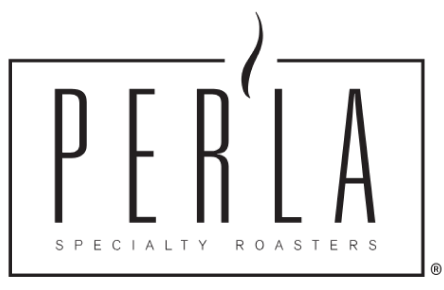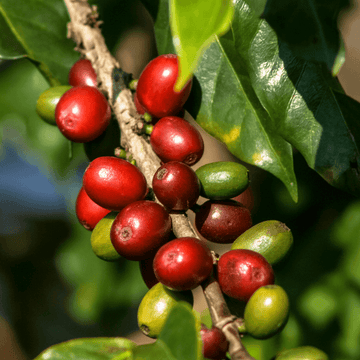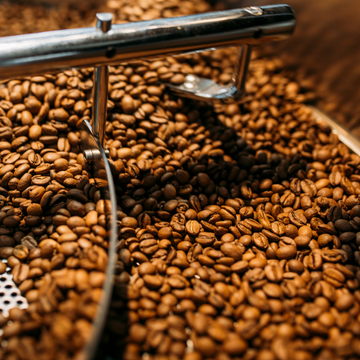Coffee processing methods are how the coffee beans (the seeds inside the coffee cherry) are separated from the outside coffee pulp (outside skin) and mucilage (fruit).
These methods can dramatically influence the coffee’s inherent flavors, acidity, body, and aromas.
Here’s a breakdown of the most common processing methods:
1. Washed (Wet) Process
How it works:
Coffee cherries are de-pulped (outside skin removed), using a machine that squeezes the cherries to push out the coffee beans. The beans are set into large open troughs or tanks then fermented in water to remove the mucilage, This process can take anywhere from 12-48 hours depending on ambient temperatures. Once the coffee has reached a certain PH and the mucilage is loose on the beans, the beans are then washed to stop the fermentation process then dried. This drying can be done, naturally in the sun or by using large mechanical dryers.. very similar to the one you use at home to dry your clothes, just a lot larger, at a lower temperature and for a lot longer. Once dry, the beans are put through a dehulling machine to remove the outside parchment of the coffee bean to get them ready for export.
Flavor profile: Clean, bright, and higher acidic
These methods can dramatically influence the coffee’s inherent flavors, acidity, body, and aromas.
Here’s a breakdown of the most common processing methods:
1. Washed (Wet) Process
How it works:
Coffee cherries are de-pulped (outside skin removed), using a machine that squeezes the cherries to push out the coffee beans. The beans are set into large open troughs or tanks then fermented in water to remove the mucilage, This process can take anywhere from 12-48 hours depending on ambient temperatures. Once the coffee has reached a certain PH and the mucilage is loose on the beans, the beans are then washed to stop the fermentation process then dried. This drying can be done, naturally in the sun or by using large mechanical dryers.. very similar to the one you use at home to dry your clothes, just a lot larger, at a lower temperature and for a lot longer. Once dry, the beans are put through a dehulling machine to remove the outside parchment of the coffee bean to get them ready for export.
Flavor profile: Clean, bright, and higher acidic
This method highlights the coffee’s origin and varietal specific flavors.
Our Coffee that use this method:
2. Natural (Dry) Process
How it works:
The whole coffee cherries are picked from the trees and taken directly to start drying with all the fruit and skin still on the bean. Once dry, the beans are put through a dehulling machine to remove, in this case, the outside skin and the outside parchment of the coffee bean to get them ready for export.
Flavor profile: Fruity, syrupy, full-bodied
Often has wild fruit or wine-like flavors
Our Coffee that use this method:
3. Honey (Semi-Washed / Pulped Natural)
How it works:
The cherry skin is removed, just like in the Washed process but instead of using fermentation to remove the mucilage, some or all of the mucilage stays on the beans.The beans are then dried with the mucilage still on them. Once dry, the beans are put through a dehulling machine to remove the outside parchment of the coffee bean to get them ready for export.
Flavor profile: Sweet, smooth, with balanced acidity
Gives a flavor profile in between the washed and natural methods
4. Anaerobic Fermentation
How it works:
Just like the washed method, the cherries are de-pulped and the beans are fermented, but in this method the fermentation happens in sealed tanks with no oxygen, During the fermentation the time and microbial activity are controlled closely. Once the fermentation is complete, the coffee is washed to remove the mucilage and stop the fermentation. The coffee is then dried. Once dry, the beans are put through a dehulling machine to remove the outside parchment of the coffee bean to get them ready for export.
Flavor profile: Complex, spicy, tangy, often very fruity
Can produce wild or unexpected flavor notes
Our coffees that use this Method:
Honduras Finca Mirasol
5. Wet-Hulled
How it works:
Coffee is partially dried inside the cherry, usually during transport from the farm to the processing mill, then hulled while still wet. Once hulled, the coffee is dried. Once dry, the beans are put through a dehulling machine to remove the outside parchment of the coffee bean to get them ready for export.
Flavor profile: Earthy, heavy-bodied, low acidity. This process is common in Indonesia.
5. Wet-Hulled
How it works:
Coffee is partially dried inside the cherry, usually during transport from the farm to the processing mill, then hulled while still wet. Once hulled, the coffee is dried. Once dry, the beans are put through a dehulling machine to remove the outside parchment of the coffee bean to get them ready for export.
Flavor profile: Earthy, heavy-bodied, low acidity. This process is common in Indonesia.
Our Coffees that use this method:





